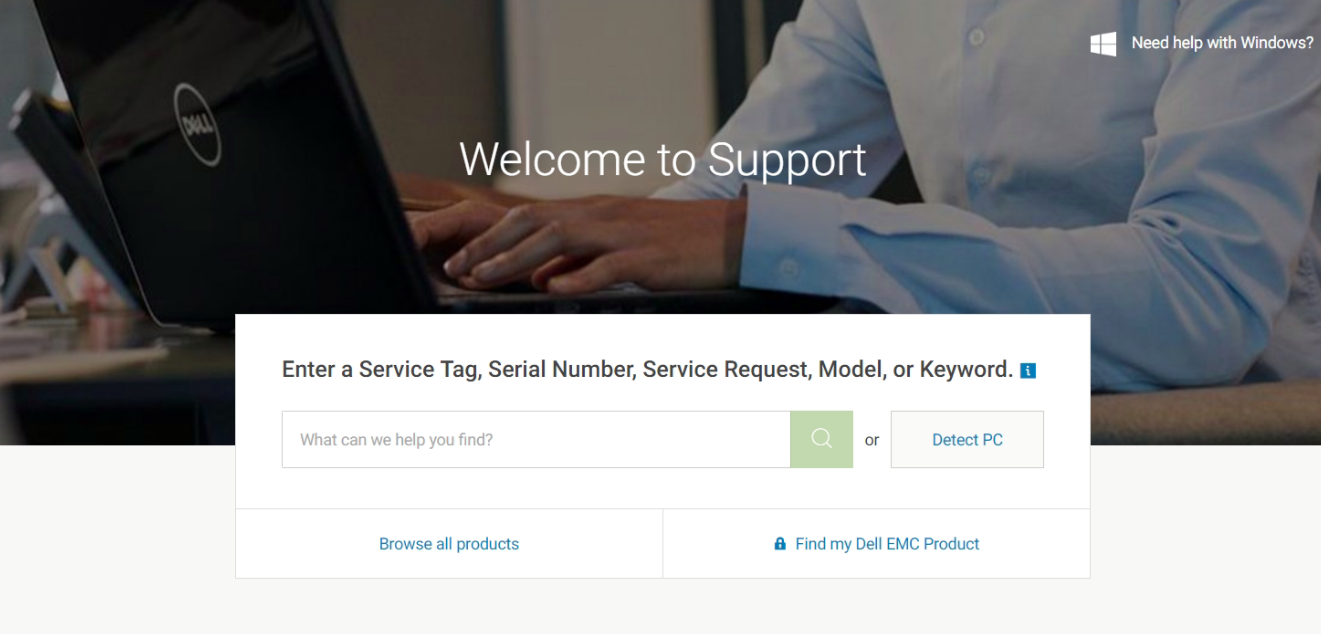Try uninstalling them from the Control Panel's Programs menu. On Windows 10, they can also be uninstalled through Settings-Applications. If all else fails, you can use DDU (Display Driver Uninstaller) to get rid of video drivers that won't normally uninstall. Note that DDU has to be run in Safe Mode, and only as a last resort. Acer has been hard at work developing software to make your digital life a breeze - in addition to our own offerings, we’ve partnered with the best in the business to bring you all the tools you’ll ever need. AMD Rolls Out Its First 2021 Graphics Driver - Get Radeon 21.1.1 Intel Adds Support for Iris Xe Max Graphics (DG1) - Get Version 27.20.100.9168 The New RTX 461.09 Graphics Driver Adds Support for NVIDIA’s A40 GPU. Once you complete the steps, Windows 10 should detect and install the driver for the device automatically. If the problem persists, try to update the driver with these steps: Open Start. Download the latest drivers, firmware, and software for your HP Stream - 14-ax020wm.This is HP’s official website that will help automatically detect and download the correct drivers free of cost for your HP Computing and Printing products for Windows and Mac operating system.
-->When a device is attached, Windows needs to find a corresponding device driver to install.
In Windows 10, this matching process happens in two phases. First, Windows 10 installs the best matching driver in the driver store, allowing the device to begin operation quickly. After that driver is installed, Windows 10 also:
Drivers Discovery Laptops & Desktops For Sale
- Downloads any matching driver packages from Windows Update and puts them in the driver store.
- Searches for driver packages that were preloaded in the locations specified by the DevicePath registry value. The DevicePath registry value is located under the following subkey:
HKEY_LOCAL_MACHINESoftwareMicrosoftWindowsCurrentVersion. By default, the DevicePath value specifies the %SystemRoot%INF directory.


If Windows 10 finds a better matching driver package in those locations than was initially installed, Windows replaces the driver it installed from the driver store with the better match.
In Windows versions before Windows 8, the driver matching process looks only in DevicePath, if one is specified, and defaults to Windows Update otherwise.
The following table provides a quick summary of the information above:

| Search phase | Windows 7 match order | Windows 8, Windows 10 match order |
|---|---|---|
| Before a driver is installed | DevicePath; Windows Update; Driver store | Driver store |
| After initial driver is selected | Not applicable | DevicePath; Windows Update |
Note
In Windows 10, version 1709 and greater, Windows offers the best matching driver, which is not necessarily the most recent. The driver selection process considers hardware ID, date/version, and critical/automatic/optional category. Windows prioritizes critical or automatic drivers highest. If a matching driver is not found, WU looks next for optional drivers. As a result, an older critical driver of otherwise equal value takes precedence over a newer optional driver.
Starting with Windows 10, version 2004, Windows automatically offers only the best automatic/critical matching driver, searching both the computer and Windows Update. To see matching drivers in the optional category, go to Settings > Update & Security > Windows Update > View optional updates > Driver updates. Windows still uses the same criteria to rank and select a driver.
-->When a device is attached, Windows needs to find a corresponding device driver to install.
In Windows 10, this matching process happens in two phases. First, Windows 10 installs the best matching driver in the driver store, allowing the device to begin operation quickly. After that driver is installed, Windows 10 also:
Drivers Discovery Laptops & Desktops Best Buy
- Downloads any matching driver packages from Windows Update and puts them in the driver store.
- Searches for driver packages that were preloaded in the locations specified by the DevicePath registry value. The DevicePath registry value is located under the following subkey:
HKEY_LOCAL_MACHINESoftwareMicrosoftWindowsCurrentVersion. By default, the DevicePath value specifies the %SystemRoot%INF directory.
If Windows 10 finds a better matching driver package in those locations than was initially installed, Windows replaces the driver it installed from the driver store with the better match.
In Windows versions before Windows 8, the driver matching process looks only in DevicePath, if one is specified, and defaults to Windows Update otherwise.
The following table provides a quick summary of the information above:
| Search phase | Windows 7 match order | Windows 8, Windows 10 match order |
|---|---|---|
| Before a driver is installed | DevicePath; Windows Update; Driver store | Driver store |
| After initial driver is selected | Not applicable | DevicePath; Windows Update |
Note
In Windows 10, version 1709 and greater, Windows offers the best matching driver, which is not necessarily the most recent. The driver selection process considers hardware ID, date/version, and critical/automatic/optional category. Windows prioritizes critical or automatic drivers highest. If a matching driver is not found, WU looks next for optional drivers. As a result, an older critical driver of otherwise equal value takes precedence over a newer optional driver.
Drivers Discovery Laptops & Desktops
Starting with Windows 10, version 2004, Windows automatically offers only the best automatic/critical matching driver, searching both the computer and Windows Update. To see matching drivers in the optional category, go to Settings > Update & Security > Windows Update > View optional updates > Driver updates. Windows still uses the same criteria to rank and select a driver.
